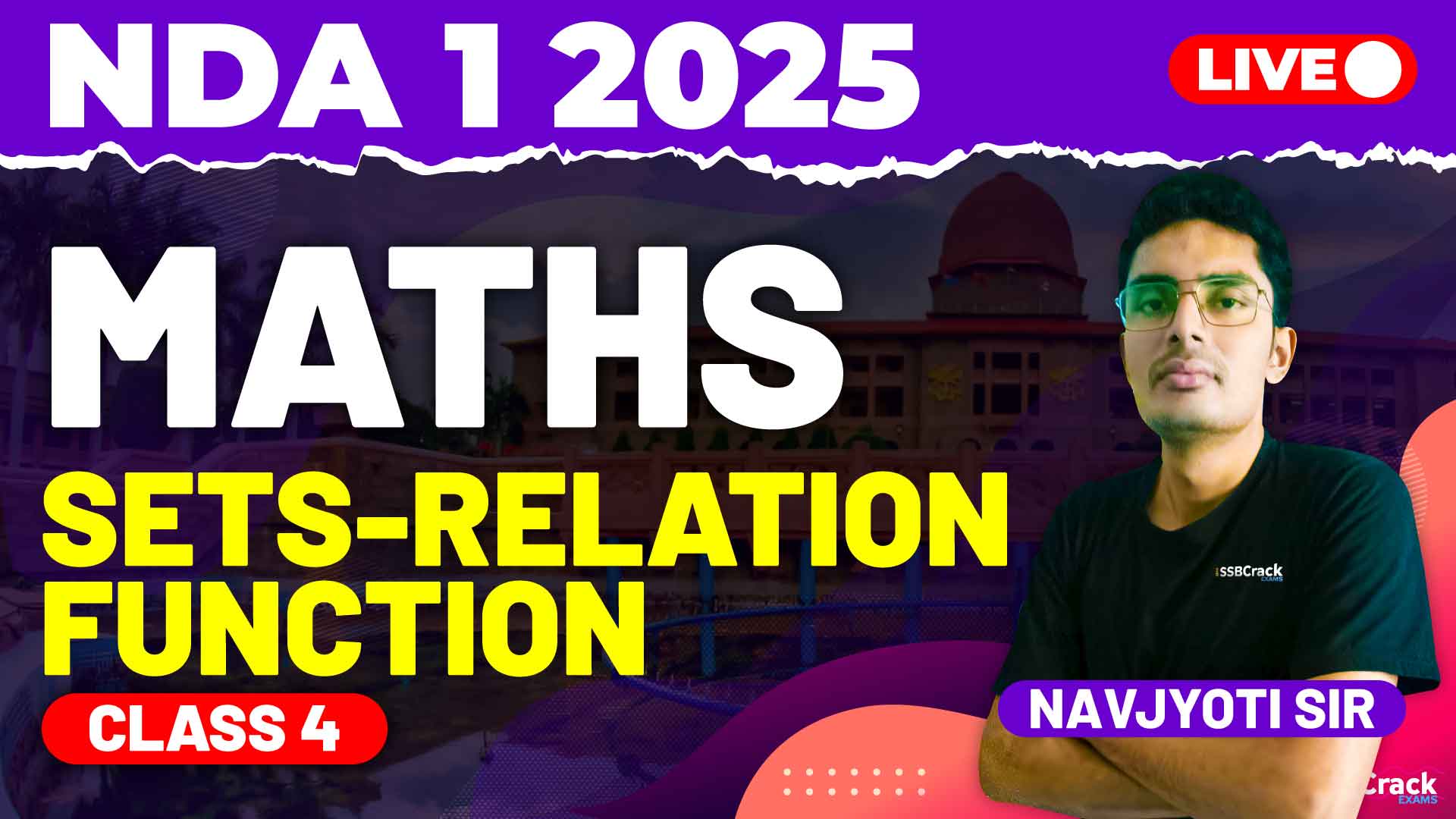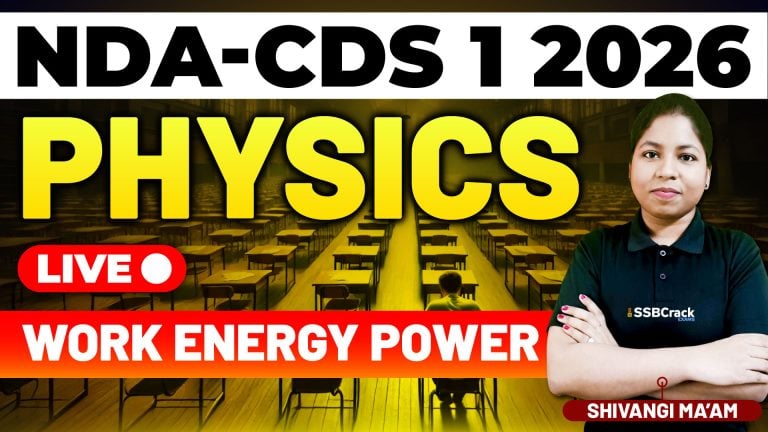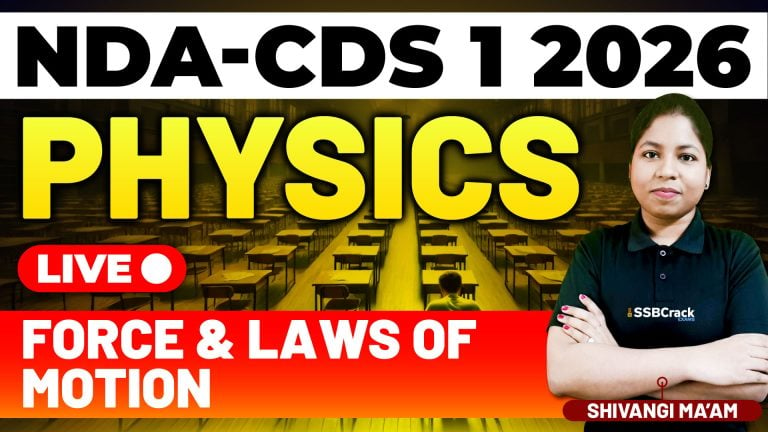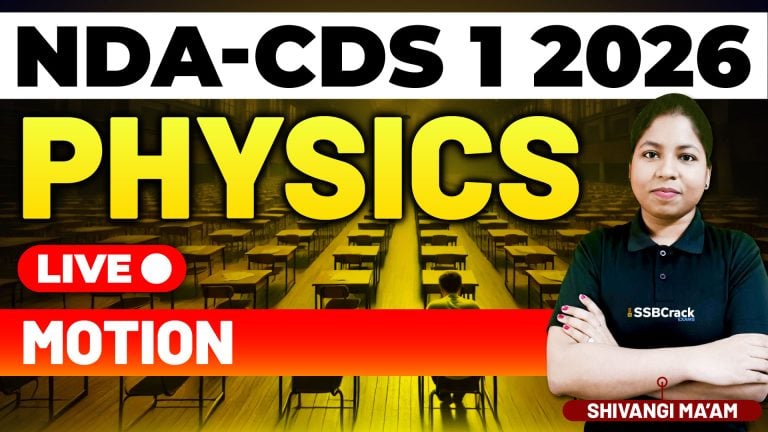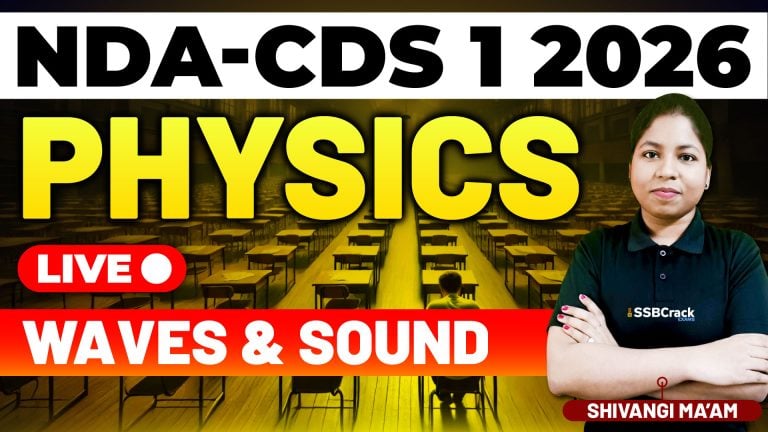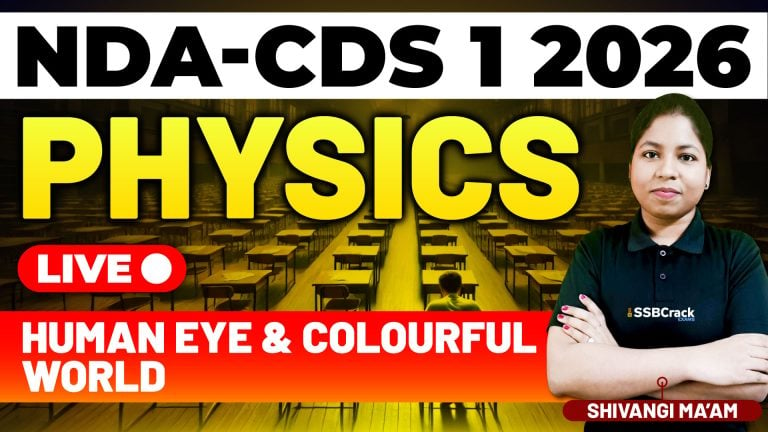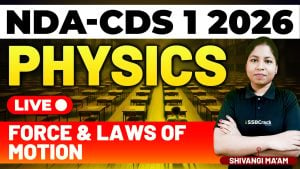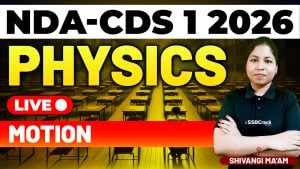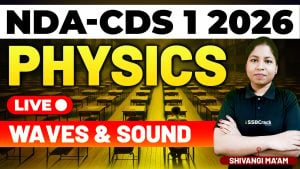A recent class on Sets, Relations, and Functions was conducted to prepare students for the National Defence Academy and Naval Academy (NDA-NA) Exam – Paper I (Maths). The session focused on discussing multiple-choice questions (MCQs) from previous years and potential upcoming questions based on the topic of Sets, Relations, and Functions. This blog provides a detailed overview of what was covered in the class, along with strategies to effectively prepare for this topic in the NDA-NA exam.
Class Overview: Sets, Relations, and Functions
The class emphasized a detailed understanding of the fundamental concepts of Sets, Relations, and Functions while highlighting how these topics appear in the NDA-NA exam. These concepts form the foundation of mathematics and are vital for solving complex problems later in the syllabus. The session was divided into the three core areas of focus:
1. Sets
Sets are the basic building blocks of mathematics. A set is essentially a collection of well-defined objects, and understanding how to represent and manipulate sets is crucial for solving questions in this topic. During the class, the discussion covered:
- Definition and Representation: Sets can be represented in two major ways: the Roster (Listing) method, where elements are listed, and the Set-Builder method, where the properties of elements are specified. Understanding how to switch between these representations is essential for answering MCQs quickly.
- Types of Sets: Sets come in various types, such as finite, infinite, empty, universal, and equal sets. Recognizing these different types allows students to easily interpret questions involving set operations.
- Operations on Sets: Students learned how to perform basic operations like union, intersection, and complement on sets, which are common in the exam.
The class went over MCQs that involved identifying specific types of sets, working with operations on sets, and interpreting set diagrams (Venn diagrams). These questions test students’ ability to logically manipulate sets and understand their relationships.
2. Relations
The next part of the class focused on Relations, which describe the connection between elements from two sets. Understanding relations is key to progressing to more complex mathematical concepts, like functions. Key areas discussed in class included:
- Definition and Domain & Range: The class discussed how relations link elements from one set (domain) to another (range). Many questions in the exam test your ability to determine the domain and range of a relation.
- Types of Relations: Students were introduced to different types of relations like Empty, Universal, Reflexive, Symmetric, Transitive, and Equivalence. These are frequently tested in exams, especially in MCQs where students have to identify which properties a given relation satisfies.
The class delved into previous years’ MCQs that required the identification of types of relations and understanding their properties. Students were shown how to break down these problems to identify whether a relation is reflexive, symmetric, or transitive, which forms the basis of answering equivalence relation questions.
3. Functions
Functions form the final part of this topic and are often the most heavily weighted in terms of questions. A function is a special kind of relation where each element in the domain is linked to exactly one element in the range. Key areas covered in class were:
- Types of Functions: The class explored several types of functions, including One-to-One (Injective), Onto (Surjective), Bijective, Constant, and Identity functions. Identifying the type of function is a common question format in the NDA-NA exam.
- Inverse and Composition of Functions: The concept of inverse functions and the composition of functions were also discussed. The class walked through examples of how to compose two functions and how to find the inverse of a given function. These are often asked in more complex MCQs.
The instructor shared insights into common mistakes students make when dealing with functions, especially in interpreting how functions behave under composition or inversion. Practicing these types of questions will prepare students for the function-related MCQs in the exam.
Strategies to Prepare for Sets, Relations, and Functions for NDA-NA Exam
The topic of Sets, Relations, and Functions is highly scoring if prepared well, but it also demands a clear understanding of basic concepts. Here are some effective strategies to prepare for this topic:
1. Build a Strong Foundation
Before tackling MCQs, ensure that your foundational knowledge of each sub-topic is solid. Understand the definition of sets, relations, and functions inside out. This will help you approach both simple and complex questions with confidence. Regularly revise the different types of sets and relations and practice identifying them in questions.
2. Practice Previous Year Questions
The class discussed multiple MCQs from previous years’ NDA-NA papers. Solving these questions is crucial for success in the exam. Previous year questions give you a clear idea of the type and difficulty level of questions you can expect. Make it a habit to solve a certain number of MCQs every day from this topic to enhance both speed and accuracy.
3. Focus on Set Operations and Venn Diagrams
Set operations like union, intersection, and complement often appear in the exam. You should practice these operations using Venn diagrams as well, as visual representation can simplify complex problems. Being comfortable with interpreting and solving set-based problems quickly will save valuable time during the exam.
4. Master Relations and Functions
Questions on relations and functions typically involve determining their properties (like reflexive, symmetric, or transitive for relations, or injective, surjective, and bijective for functions). Focus on understanding these properties conceptually, and practice applying them to different problems.
Be sure to work on problems that ask you to find the inverse or composition of functions, as these are commonly asked in the NDA-NA exam.
5. Use Time Effectively
The NDA-NA exam is time-sensitive, so time management is key. As you practice solving MCQs, aim to reduce the time you take on each question. Divide your practice sessions into smaller segments where you time yourself on a fixed number of questions. Gradually, your speed and efficiency in solving these questions will improve.
6. Identify Common Mistakes
During practice, pay attention to common mistakes such as confusing different types of sets or relations, incorrectly performing set operations, or misinterpreting functions. These errors can cost you points in the actual exam, so it’s important to review your mistakes and understand why they happened.
7. Revise Regularly
The concepts in Sets, Relations, and Functions are interrelated, so regular revision is key. Keep revising the basic properties, types of relations, and functions to retain the information. Creating short notes or concept maps can be helpful for quick reviews before the exam.
Conclusion: Mastering the Topic for NDA-NA Exam Success
The recent class on Sets, Relations, and Functions was an important step in preparing for the NDA-NA exam. By reviewing MCQs from previous years and discussing expected questions, the class provided students with valuable insights into how to approach these topics during the exam.
To excel in this section:
- Develop a strong understanding of the basic concepts of sets, relations, and functions.
- Practice solving previous years’ questions and potential MCQs on a regular basis.
- Focus on reducing errors and improving speed by practicing consistently.
By following these strategies and maintaining a regular study routine, you can strengthen your knowledge of Sets, Relations, and Functions, and confidently tackle any questions from this topic in the NDA-NA exam.
